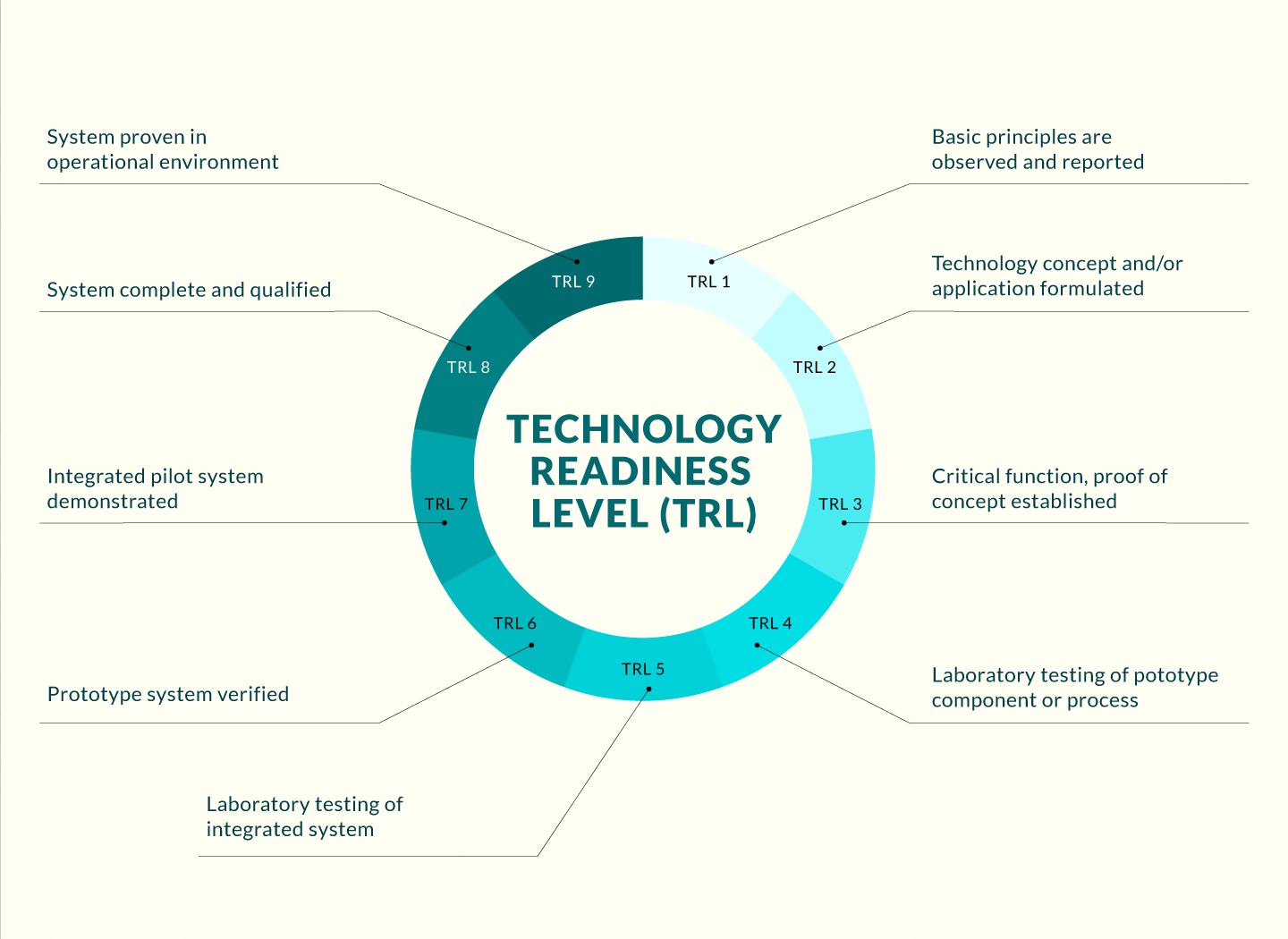
Opportunity
Submarine optical cables form the backbone of international communications, with tree-like topologies branching out to different regions. The intricate system is bifurcated into onshore equipment and underwater apparatus, with the latter encompassing vital components such as submarine optical cables, repeaters, and BUs. While the underwater equipment enables the actual transmission of data, the onshore facilities facilitate the processing and channelling of this data. A fundamental challenge in the design and deployment of such systems has been optimizing the cable path and determining the optimal sites for BUs and CLSs. The factors influencing these decisions include the associated costs of cable laying, the topographical attributes of the seabed, and the strategic importance of CLS locations. Although there have been advancements like the fast marching method (FMM) focusing on point-to-point connectivity, these conventional strategies often disregard the critical costs associated with BU installations and CLS site determinations in every region.
Submarine optical cables, integral to global communication, use tree-like networks branching across regions. The current system's design entails both underwater apparatus (like submarine cables, repeaters, and branching units) and onshore infrastructure, such as cable landing stations (CLSs). A significant challenge has been optimizing the paths these cables take and determining the strategic positions for the branching units and CLSs. Factors like cable laying costs, seabed topography, and strategic positioning of CLSs profoundly influence these decisions. Traditional methods, like the fast marching method, focus on connecting two points and often overlook the holistic costs, especially those related to the placement of branching units and CLSs in every targeted region.
Technology
The invention introduces a computer-implemented method to systematically address the challenges in planning regional connectivity for submarine cable networks. It employs an innovative approach of modeling the Earth's surface as an irregular two-dimensional manifold in three-dimensional space. By prespecifying a cable network's topology, the method can model this as a Steiner tree, where terminal nodes represent future CLS locations, and Steiner nodes represent branching units (BUs). Through the identification of a Steiner minimal tree (SMT), the method finds the most cost-effective paths for the cable system. Unique to this method is its ability to consider both BU and CLS installation costs, making it a comprehensive solution. The method employs a sequence of operations, from defining a subtree of the Steiner tree to constructing a directed acyclic graph (DAG), which then determines the optimal network structure. Through this meticulous process, the invention ensures a more holistic approach to regional cable network planning that goes beyond traditional point-to-point models, fully embracing the multi-faceted nature of submarine cable systems.
The innovation provides a robust computer-implemented methodology for enhancing the planning of submarine cable networks. It revolutionizes the approach by envisioning the Earth's surface as a 3D irregular manifold. This method prespecifies a network's layout, visualizing it as a Steiner tree. This tree's nodes symbolize potential locations for CLSs and branching units. The introduction of the Steiner minimal tree ensures we find the most cost-efficient paths. This method stands out because it doesn't just focus on cable paths; it integrates costs for setting up branching units and CLSs, offering a comprehensive solution for network planning. By defining subtrees, creating directed graphs, and pinpointing optimal structures, this innovation promises a more integrated approach than traditional models, capturing the complex essence of submarine cable networks.
Advantages
- Takes into account cable laying costs, installation costs of BUs, and location choices of CLSs in the optimization process.
- Provides an automatic, comprehensive and efficient solution for planning regional connectivity of submarine cable systems.
- Optimizes the design of the cable network for cost-effectiveness and survivability.
- Enables diversification of connections for the cable system.
- Incorporates both onshore and underwater equipment in the optimization process.
Applications
- Telecommunication companies operating submarine cable systems.
- Network planners and engineers involved in designing and optimizing submarine cable networks.
- Governments and organizations involved in improving global communications infrastructure.
- Cable laying and installation companies.



